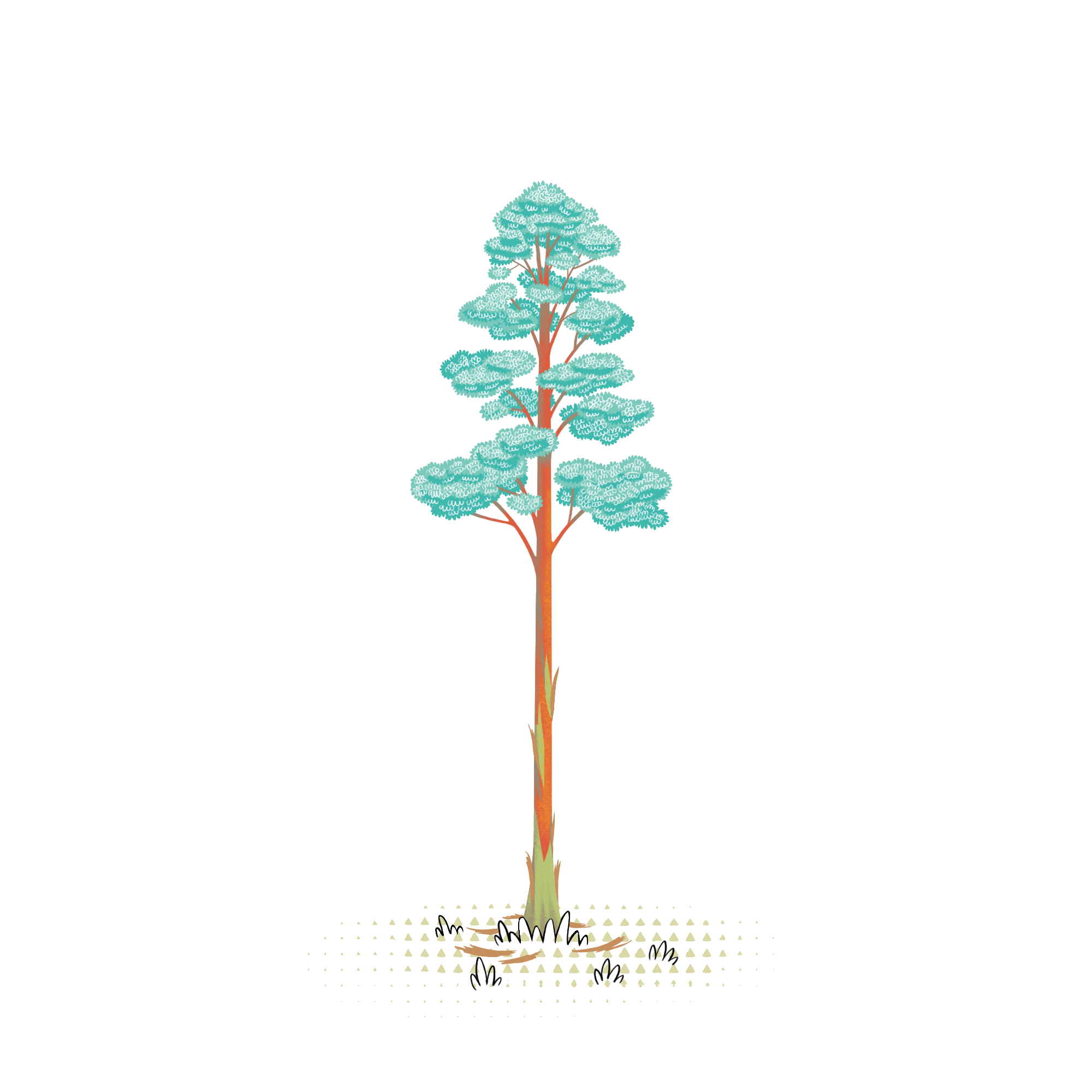
Capirona
Adventurous people
Determined people
Who is always there
Popularly known as "mulateiro", capirona is deeply rooted in the herbal medicine of the Amazon region. Apparently, on full moon nights, Amazonian female warriors would bathe themselves with a preparation made from the bark of the tree to remain forever young and beautiful, so Pau Mulato was known among the tribes as the tree of youth. Dedicated to warrioress!
Scientific name: Calicophyllum spruceanum
Common name: Capirona
Of the Rubiaceae family, capirona grows in Bolivia, Colombia, Brazil, Ecuador, and Peru. It produces small, aromatic white flowers between June and July, which are followed by elongated pods with 3-5 seeds inside, useful for propagation. It is often found near waterways and survives the periodic flooding common in the region.
It loves to renew itself; in fact, every year it loses its bark entirely to avoid lichens, fungi, epiphytes and lianas. This is why it is given the appellation "tree of youth".
Capirona wood is very durable, good quality, and can be used for construction, tool handles, frames, flooring, and shipbuilding. The bark is an integral part of native culture, from its use as a blend in ayahuasca rituals to its many uses in folk medicine. In the Amazon, a poultice made from the bark is prepared to treat cuts, wounds and burns, given its anti-fungal, and healing properties. The indigenous people of the Amazon also use a decoction of the bark to treat diabetes. Peruvian tribes also apply the powdered bark to fungal skin infections. They also prepare a bark decoction to treat skin parasites, common in the Amazon basin area.
What makes it unique
of CO2 captured over a year
reachable height


